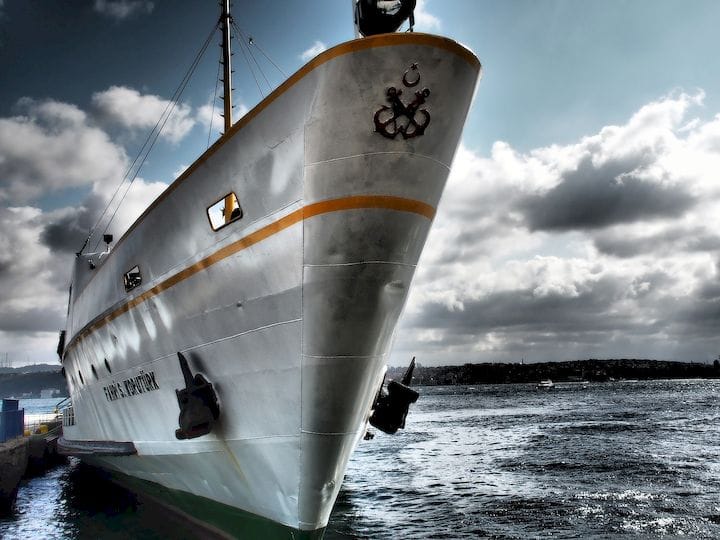![Moving shipping towards 3D printing? {Source: Pixabay]](https://fabbaloo.com/wp-content/uploads/2020/05/image-asset_img_5eb09968b57ae.jpg)
EU researchers have developed an unusual 3D printed part for maritime use, suggesting a new channel for metal 3D printing.
The RAMSSES project is a European Innovation project that attempts to develop methods for producing and maintaining sustainable and efficient ocean-going ships. Their mission:
“Innovative materials and their wider use are important to improve the life cycle performance of European built ships and maritime structures, to reduce their environmental footprint, to make the industry more competitive at a global scale and thus to create and maintain employment. Despite considerable progress in research and development as well as first commercial applications in recent years, the use of lightweight and other advanced materials in the maritime sector is lagging behind the potential. Therefore, it takes a comprehensive initiative of a dedicated group to overcome existing barriers.”
One of their recent achievements was the development of a prototype propeller blade that is hollow, something unprecedented in shipping today. The item was produced at one-third scale using a wire-melting process they call Wire Arc for Additive Manufacturing (WAAM), which is likely a continuous-operating arc welder with a robot arm or CNC system.
The details of the project are not my concern here. Instead, I am more interested in what this might mean.
You see, there are only a couple of industries that have truly adopted metal 3D printing thus far, including aerospace, where “impossible” complex and lightweight parts have become the norm. The funding of metal 3D printing in aerospace was a natural thing because of the already-high cost of aerospace parts.
Similar popularity of metal 3D printing is growing in both the automotive and medical industries, where custom parts are produced for patients.
But there are few other industries adopting metal 3D printing on significant scales. I’m always watching for triggers that might indicate an opening where metal 3D printing could successfully enter new markets.
Like the maritime industry.
I’m wondering what specific advantages could be presented to that industry to demonstrate that metal 3D printing could be a compelling technology to adopt. Could the hollow propeller be such a demonstration?
There could be several advantages in the demonstration. First, the propeller would be of lighter weight than traditional “solid” propellers. This may mean the propellors would require less energy to turn, and carry forward as they also comprise mass that must be moved along with the rest of the ship. However, it could also mean a decrease in strength unless the interior of the propeller were simultaneously designed using a finite element analysis to ensure the stress lines were solid.
A second advantage could be the ability to design previously unachievable designs for propellers. The science of fluid propulsion is complex, and one can easily imagine this could be a highly competitive area between propeller manufacturers, and allow for highly specialized designs for specific uses.
Finally, it may be possible through the use of different metal 3D printing processes to use non-standard metal materials and alloys for propellers. In fact, some metal 3D printing allow for mixing of materials during printing to create impossible alloys.
Time will tell whether the maritime manufacturers and their shipping clients catch interest in metal 3D printing, but a demonstration of this type will certainly help towards that end.
Via RAMSSES Project











No one seems to offer collaborative 3D printing modes on dual extrusion devices. We explain why this is the case.